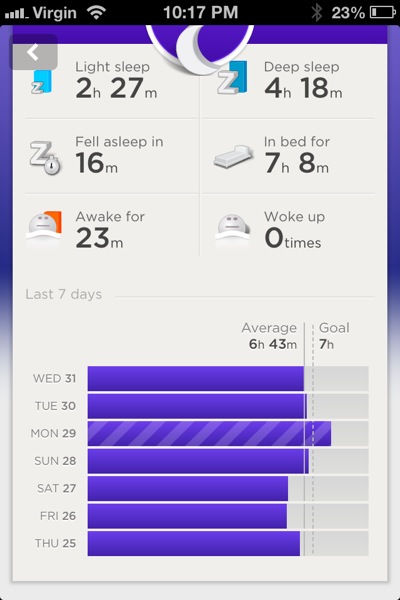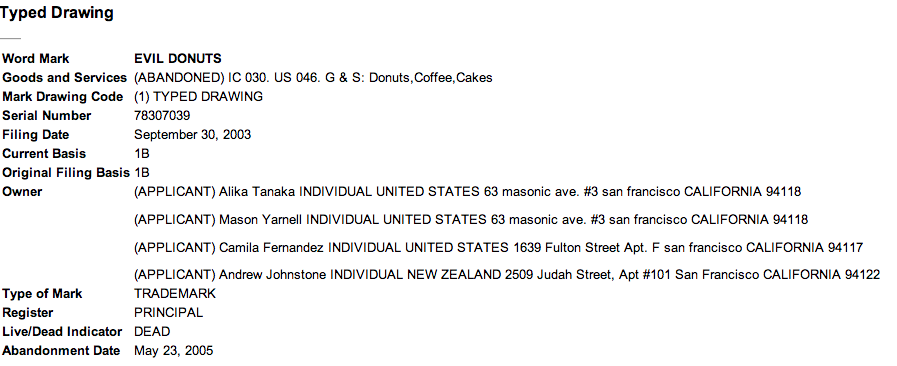Apps that do really well on the App Store focus on PASSIONS & PRODUCTIVITY. The higher you rank in the scale on these two categories, the better chances you have of making a kick-arse app concept that resonate with its users.
People are passionate about all kinds of crazy things. What's important is that passions makes us very emotional. And everybody knows emotional hooks are the best way to sell something to a consumer. Your job becomes exponentially easier if you don't have to convince them why something will be of value.
The effectiveness of the 'passion-hook' increases as the reach and the prestige of the passion gets higher. For example, fitness is a great category to be in. Everyone's emotionally invested in it, so your market size is large. More importantly, people are willing to pay to get fit.
Productivity is why IT exist in the world. Instead of figuring out what 28912 x 92891 is in your head or on paper, you have a calculator. If you can save time, make life easier, and return the human back its lazy couch potato stage as quickly as possible from real work, you are doing a great service. This service can worth a lot of money.
People pay to make things go away all the time. So if you are designing an app to help people be more productive, you have a great chance to make it. The bigger the problem you are solving, the higher you can charge for it. If it targets companies instead of individuals, then there is even bigger bucks to be made.
Then there are really good apps that combine the two. Food apps like Posse or Urban Spoon are great examples. People are very passionate about what they eat, and what says about them to the people around them. They take pride in finding little gems around the city and recommending to friends. At the same time, they are extremely productive. It saves me from having to Google for places to get lunch from when I'm hungry and irrational.
Of course there are other angles to succeed by making an app. You can look at improving communications and social interaction. But these are markets that may not follow the general pay for a download model that well. They are also very hard to succeed in.
If you want to keep it simple, make something that target passions and productivity. Analyse where you stand in the two scales when you are at the concept stage. Bring features in to add value in both categories as you go on. Find your own little edge in these scales that make your idea better.
As long as you are helping lazy humans be extra lazy, and help enjoying what they rather be doing, there's a chance of success.






